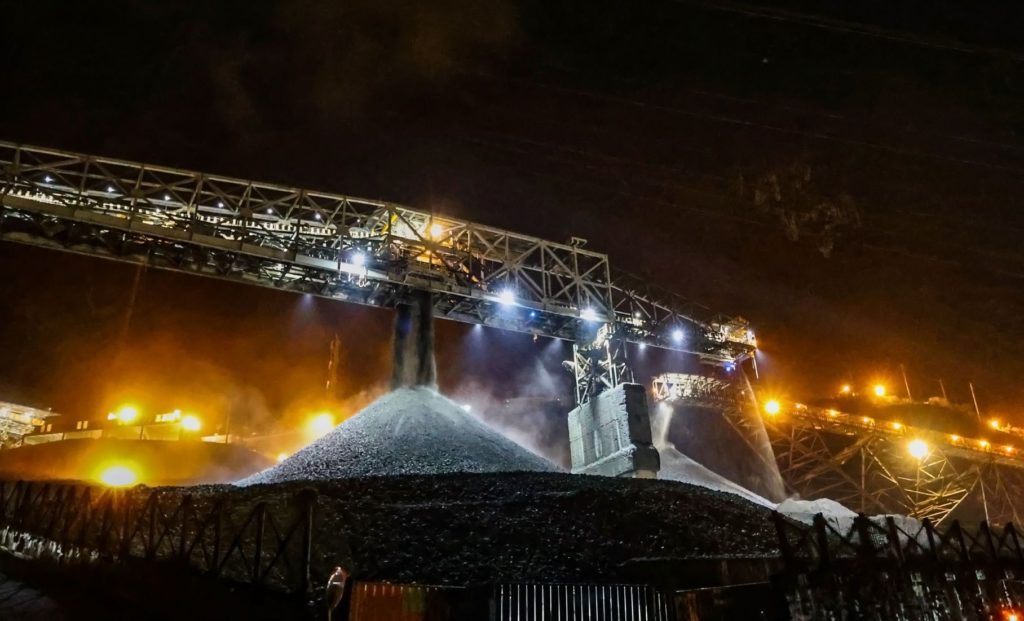Freeport Indonesia’s (PTFI) Grasberg Block Cave (GBC) operations in Indonesia, together with strong Redpath support, have successfully attained the milestone of constructing and blasting the 300th drawbell.
The milestone, which occurred on June 30, 2021, came in a record time of only 2.5 years from the production start date, according to Redpath.
The same production crews also surpassed the 100,000 t/d mark, by reaching a record of 107,000 t/d on June 26, 2021. This record surpassed the previous site record of 101,000 t/d.
In Redpath’s Advance magazine, I Made Pasek, General Superintendent, GBC Operations, said COVID-19 had not prevented the GBC project from becoming the world’s largest block cave mine.
“In addition to delivering safe and effective development meters, the GBC1 development team has reached the significant milestone of completing the excavation of the GVD 9 Fan Chamber (Grasberg Ventilation Decline), the fifth such chamber of the GBC ventilation system,” Pasek said when reviewing progress during the June quarter. Each of these chambers is equipped with a 5,500 kW fan able to produce 1.7 million cu.ft (48,139 cu.m) of air per minute.
The underground production levels of the GBC mine requires not two, but three crusher chambers to be excavated and constructed to deliver the targeted quantity of 160,000 t/d of ore. PT Redpath Indonesia’s GBC 2 crew are leading with the development of the #603 crusher chamber while concurrently initiating access to the #604 conveyor drives, according to Pasek.
GBC’s construction, MRC and MCM teams were challenged with the realignment of a key section of rail installation for the #602 unloading arrival station during the June quarter. This particular section of rail needed to be disassembled and raised in order to enable ore trains of 11 rail cars to enter the #602 unloading station as per design.
“Working seamlessly with the client’s engineering, planning and rail teams, the undertaking was safely and effectively accomplished ahead of schedule,” Pasek said. “The work itself consisted of drilling 1,000-plus holes for track support, epoxying track bolts into the existing concrete base, followed by meticulous forming works under each track base plate. The work required a high level of accuracy with tight tolerances to ensure rail alignment and smooth travel, in order to meet the established productivity rates.”
Pasek added: “These significant achievements would not be possible without a strong and deeply rooted safety culture in the GBC operations, paving the way for even greater successes in the future.”











